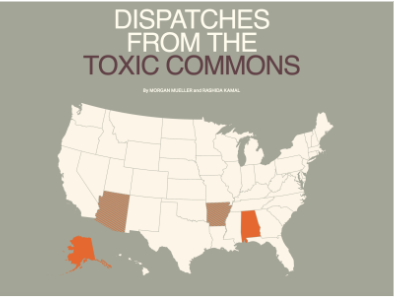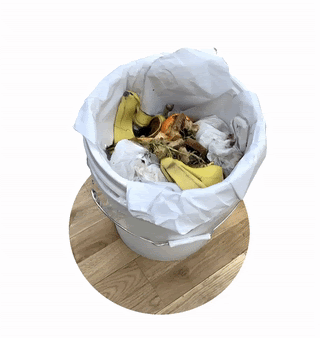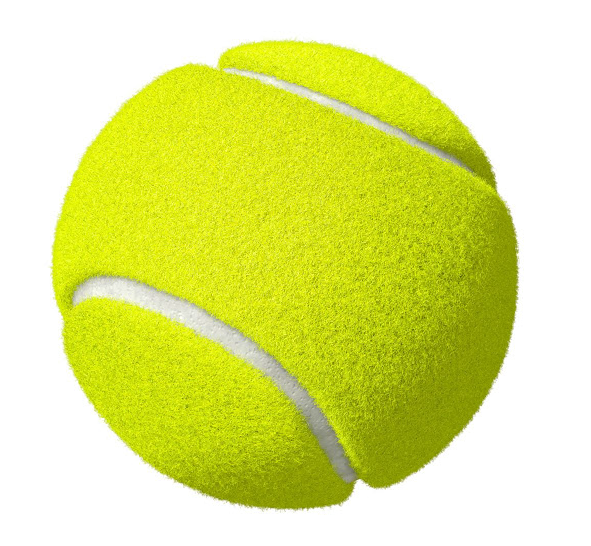Projects
Dispatches from the Toxic Commons
“Dispatches from the Toxic Commons” is a project that seeks to examine a selection of legacy waste sites around the US.
The goal of the project is to investigate their circumstances of becoming and being, with special attention to its relations
through time. Borrowing from our academic and professional experiences, our research for this project includes examining
historical and present-day records and data, interviewing with community members, and documenting the landscapes through field recordings,
photography, and 3D scanning techniques.
Ultimately, we would like to produce a physical zine that unites both analog text, photos, graphics and an augmented reality "walk"
that acts as a memory of the commons we share, but perhaps look away from. While this format is our general plan for this project,
we are intentionally broad in the set of responses we hope to form for each unique site, recognizing that other forms – such as sculptures
and performances – may be a better, more authentic response for some.

Augmented Gardens of NYC
Augmented Gardens of NYC is an augmented book about the community gardens of New York City, living in both physical and digital
form. The book will document the 500+ active community gardens using photography and 3D scanning technologies.
We hope to document the contemporary moment and to capture the essence of each garden by exploring the precarity that the gardens
live in. though community gardens provide essential environmental, social, and economic benefits to their neighborhoods, many face
perpetual risk from encroaching residential and commercial development.
These artefacts will be complemented with archival research as well as interviews with local residents. Readers will be able to access
text, visualizations, and photographs through the physical book form. Each entry will also feature a
QR code to link to a digital archive, where a 3D scan of the garden or a related 3D object will reside.
Photo(grammetry) Walk
For Trash Club’s inaugural photo and photogrammetry walk, we invite participants to practice
the art of noticing
as you stroll around your home and neighborhood. Your task will be to photograph or use
photogrammetry
techniques to capture an everyday object in its second use.
Following an exercise presented by Rob Walker,
the purpose of this photo walk is not so much in the quality or quantity of the output, but rather, in seeing things you
were not looking for. You may use digital or analog cameras. It may be interesting to use older cameras that require
more time and patience in creating the photos, or even limiting yourself to taking a certain number of photos with a
smartphone so that you can truly pay attention. Another possibility is to use photogrammetry techniques to document
the objects. This can include the use of 3D scanning applications
on a phone/tablet, or more complex methods if you’d like.
The first theme for the photo walk is “the second life of objects.” The goal of this walk is to document objects
that are in the state of reuse, disuse, or somewhere in between. This can include anything from a can repurposed as a planter
to an abandoned TV on the sidewalk.
You can share your photos and photogrammetry captures with us on Instagram by tagging
@trashclub.online and
using the hashtag: #TrashClubPhotoWalk. We will be collecting submissions until the end of this year, and will intermittently
feature submissions on our Instagram. If you have any questions, please feel free to reach out to us at trashclub.online@gmail.com.
Much of this photo(grammetry) walk was inspired by:
Tega Brain: Art of Noticing Assignment
Jenny O’dell: How to Do Nothing
Rob Walker: How to Pay Attention

Strange Objects
Born out of a curiosity to find the proper method of disposal for a tennis ball - Strange Objects is an ongoing workshop dedicated to researching, discovering, and mapping unexpected processes for discarding objects that may not fit into conventional waste categories. These strange objects may be the most banal and commonplace items but for some reason they fail to fit the commonly defined structures of waste infrastructure. In the workshop participants may find more ecologically friendly solutions for discarding their strange object of choice or they could learn of unexpected ways to reuse and repurpose the object to give it a new life. Through the workshop we hope people will develop a greater sense of curiosity towards the unique and complex processes that trash may go through before it can truly be defined as such.

Composting
The ongoing ITP compost project began on the 4th floor of 370 Jay St during our Wednesday snack day. Using two compost bins (one for food scraps and paper and the other for coffee grounds) we collected and weighed the contents weekly before dropping the compost off at Borough Hall’s Thursday Greenmarket. As NYU is transitioning to a partially remote learning structure for the upcoming semester, Trash Club is working on ways to extend its compost program by supporting community compost efforts around NYC.
